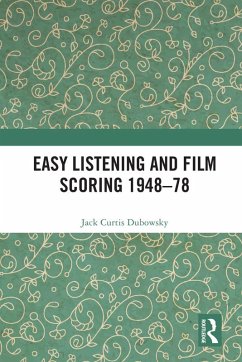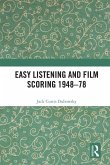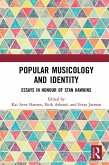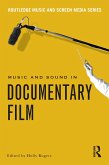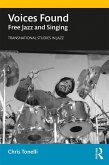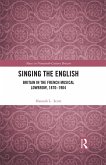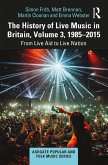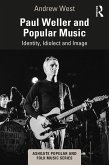Fueled by the rise of the LP and home entertainment, easy listening became the largest midcentury commercial music market, generating more actual income for the record business than 7- inch singles. Easy listening roped in subgenres including classical, baroque, jazz, Latin, Polynesian, "exotica," rock, Broadway, and R&B, appropriated and reinterpreted just as they were for cinema. Easy listening provided opportunities in orchestral music for conservatory- trained composers. Major film composers such as Henry Mancini and Michel Legrand had a prodigious output of easy listening albums.
Critics fault easy listening for structural racisms, overlooking its evolution and practitioners. Easy listening helped destabilize a tripartite record business that categorized product as race records, old time records, or general popular music. Charlie Parker's with Strings records altered the direction of jazz, profoundly influencing other performers, encouraging bold crosspollinations, and making money.
The influence of technology and historical contexts of music for work and leisure are explored. Original interviews and primary sources will fascinate scholars, historians, and students of cinema, television, film scoring, and midcentury popular music.
Dieser Download kann aus rechtlichen Gründen nur mit Rechnungsadresse in A, B, BG, CY, CZ, D, DK, EW, E, FIN, F, GR, HR, H, IRL, I, LT, L, LR, M, NL, PL, P, R, S, SLO, SK ausgeliefert werden.

